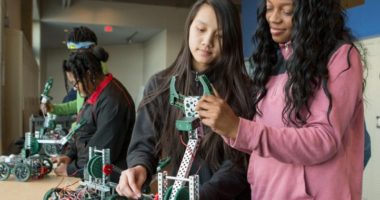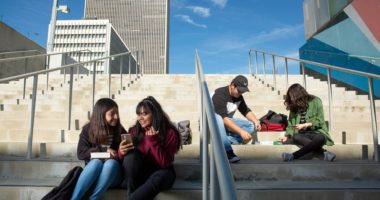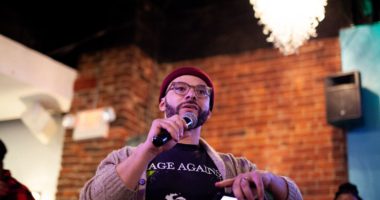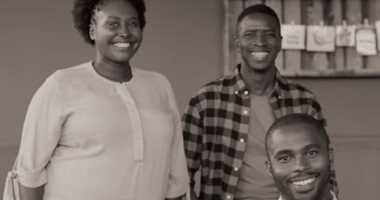The Road to Readiness: Meeting Students’ Aspirations With Real Preparation
A high school junior in a small Southwestern border town, George dreams of the big city. “I don’t know how I’m gonna get there,” he says, but he’s confident that his diverse interests will pave the way.
His words tumble over each other excitedly on the way out of his mouth. “Maybe I’m gonna be the one who finds the cure for AIDS. And another thing that I want to do that’s pretty big, is like, global warming, the whole global warming thing … I want to do something that impacts the world on such a great level that it’s gonna be like, ‘Wow.’”
And whatever professional destination he settles on, he knows that the path will go through college.
“That’s my ticket out of here — my education,” George says.
Like George, more than 8 in 10 high school graduates expect to complete at least some form of postsecondary degree.
But aspirations alone are not enough. High school students also need:
- Authentic exposure to career options to help them make choices as they approach graduation,
- Knowledge of and access to prerequisites (both academic and technical) that are aligned to their goals, and
- Access to a core academic curriculum that will prepare them for the future, whatever it may hold.
Educators can and should capitalize on students’ interests to engage them in learning. And teachers and counselors play a key role in advising students on how to explore those interests through coursework, while not foreclosing on other postsecondary options they might choose later down the line.
Data from our recent report, however, suggest that many students may not be receiving this type of direction or opportunity. In fact, many students seem to head through high school with no particular direction at all. Nearly half of high school graduates take neither a college- nor career-preparatory curriculum in high school, despite the fact that the vast majority of these students aspire to a postsecondary degree.
What’s more, students report these expectations at the end of their junior year, suggesting that their schools have — either explicitly or indirectly — communicated that their diploma will signify preparation for college enrollment, even if the information on their transcripts suggests otherwise.
George could have been one of these students. Opportunity outside the doors of his high school is hard to come by. And the factories that come and go leave little to help young people imagine stellar possibilities for their lives and future careers.
But that’s not how it feels inside his school.
“The school — they give us so much, so much opportunities. Like classes, clubs, other activities, speakers, assemblies,” he says.
Educators in his school encourage students to explore new areas of interest and work creatively, even with the school’s slim budget, in order to expose students to the universe of careers available to them.
And while they help students grow and explore their interests, they also ensure that students are taking the classes they need so that nothing they aspire to will be out of reach, even if they change their mind along the way. While the district where George attends school does not require the full college-ready curriculum for all students, his school has made that the default curriculum.
So whether George decides to help find a cure for AIDS or takes on global warming as a scientist or environmental advocate, his school has made sure that he’s received the strong foundation and exposure necessary to get him there.
This post is the third in a series tied to our new report, Meandering Toward Graduation, which examines college and career readiness among our nation’s graduates. Each post shares a student’s story that mirrors the trends we see in the data.











